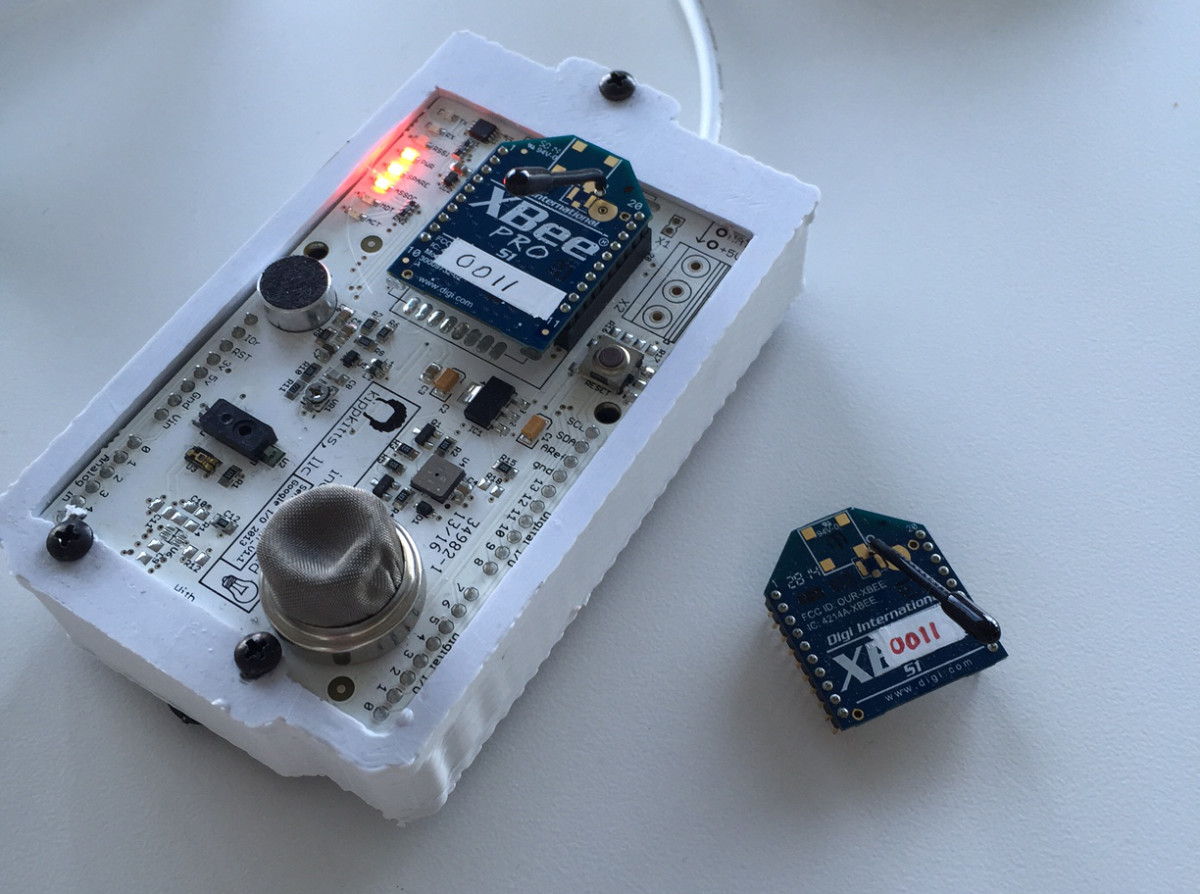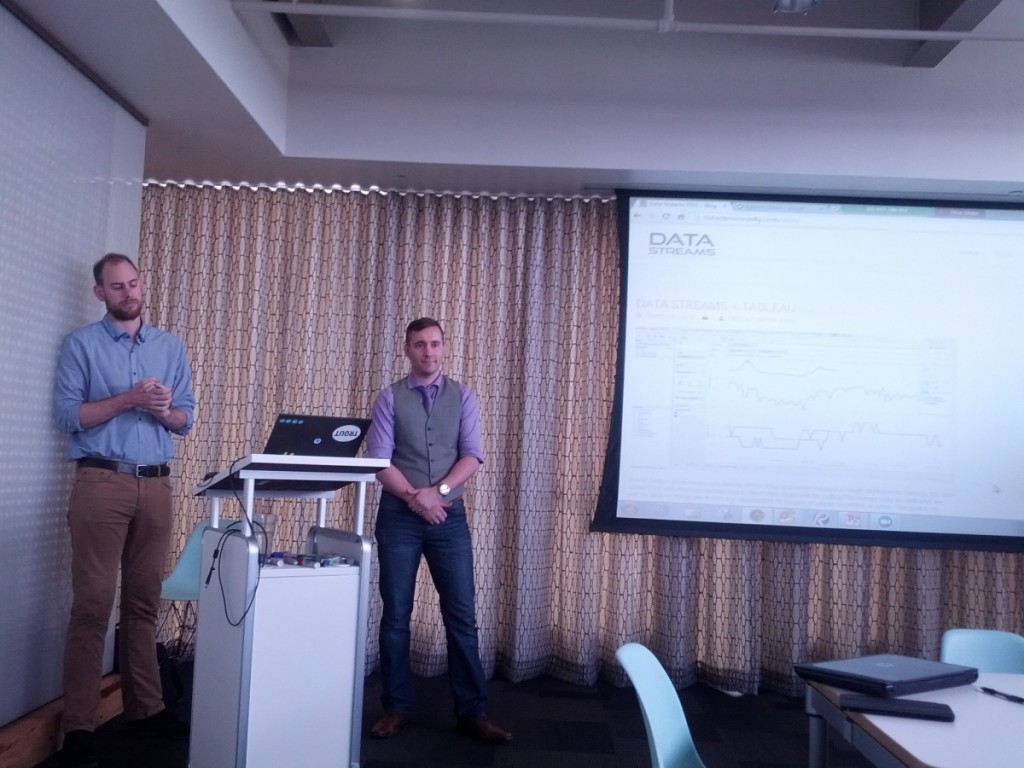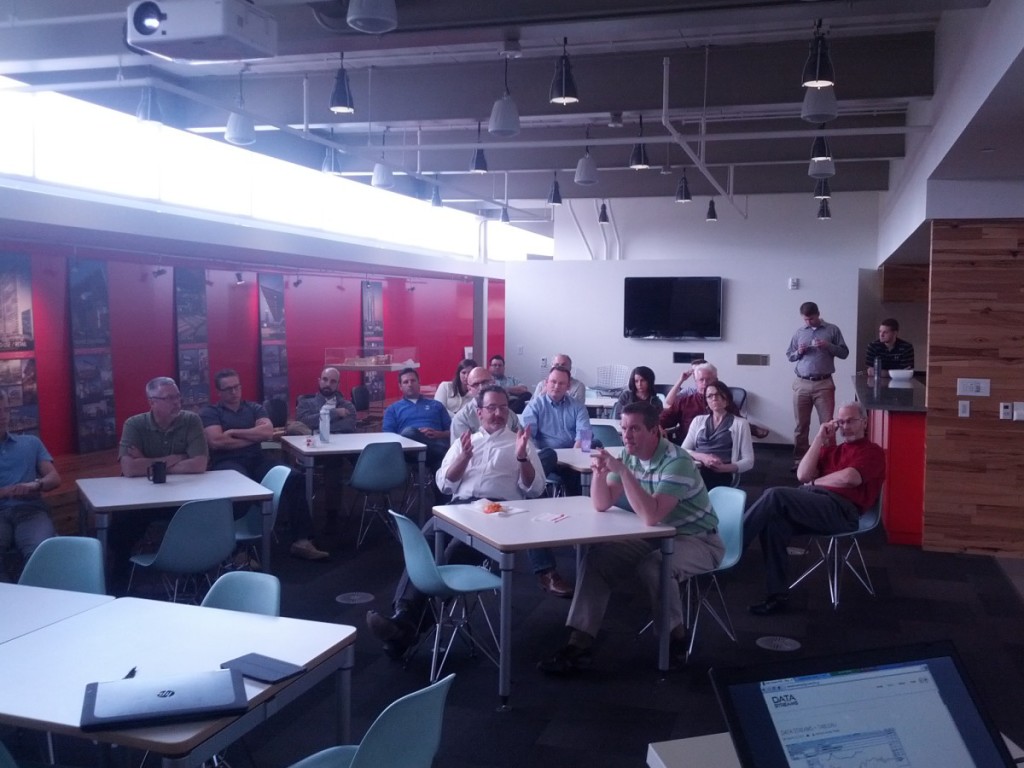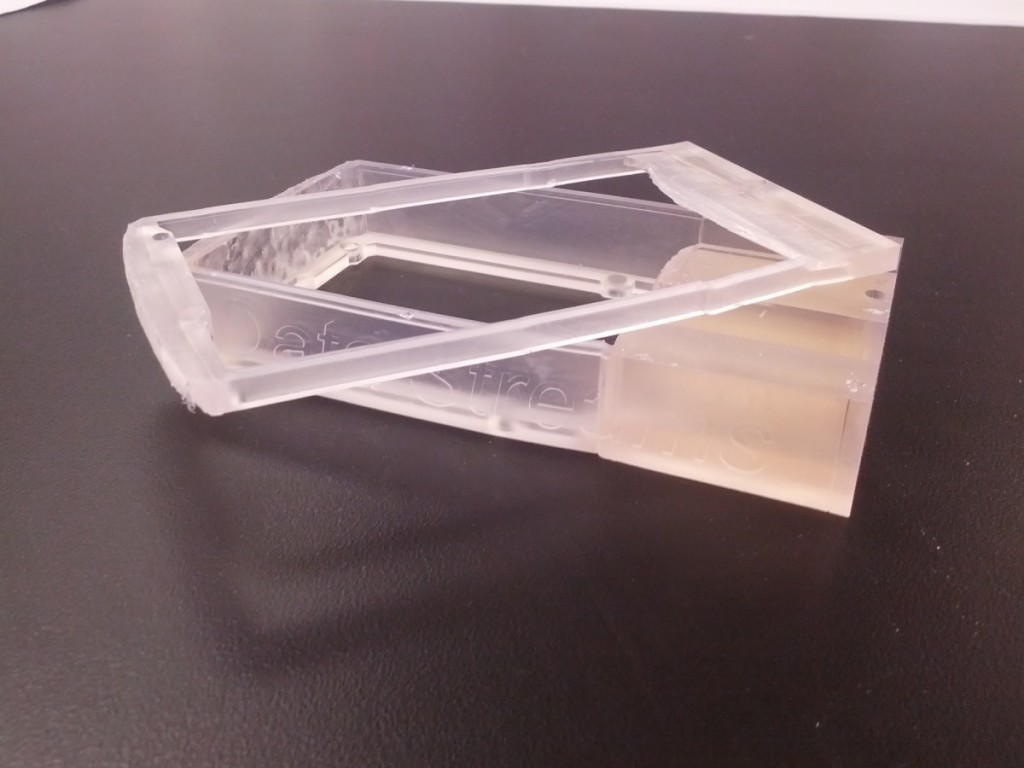Sources
Its probably about time I started revealing some of the sources we’ve been reading to help keep our thoughts sharp. While not as extensive of a list as I had hoped to get through, this provides quite a few notable resources of knowledge to pass ideas to and from.
Collective Intelligence in Design: Multiple Authors – AD
http://www.wiley.com/WileyCDA/WileyTitle/productCd-0470026529.html
For a book from 2006, this was far ahead of its time. Visualization of data elements are at the core of this read. Adaptively and creatively manipulating data and displaying it in very structured data sets helps enlighten the reader by showcasing 3D data sets and their purposes.
The Naked Future: Patrick Tucker
This is the latest, newest, fastest book of the bunch. An in depth look at how data is being used and could be used in the future to predict where you’ll be, who you’ll talk to and even what you buy long before you do. Terrifying and Awesome at the same time!
The Data Revolution: Big Data, Open Data, Data Infrastructures and Their Consequences
http://www.amazon.com/gp/product/1446287483/ref=oh_aui_detailpage_o01_s00?ie=UTF8&psc=1
Right in the mix on this one. If you like to crunch words together, then this is the book for you. More of an instructional guide on how one can go about organizing data as well as explaining data in intelligent ways. A very strong read indeed.
Good to Great: Jim Collins
After a brief conversation with Charles at the 2014 Central Region year end, he convinced me to put this to the top of my reading list. I’m glad I did, since it is important to always remember what you’re going after and why its important. We can read all the books on tools, electronics, software and data we want to fill our heads with, but without scope and vision, all that knowledge never gets organized enough to reach its full potential.
Raspberry Pi Projects: Andy Robinson – Mike Cook
http://www.amazon.com/gp/product/1118555430/ref=oh_aui_detailpage_o05_s00?ie=UTF8&psc=1
What a great starter book to get going on your Raspberry Pi projects. All this info is very similar to what you can do on all developer boards, like nVidia’s Jetson TK1 and Arduino Uno’s. I’m so glad to have new challenges for ourselves as we begin to dive deeper into data collection and optimization.
Exploring Arduino: Tools and Techniques for Engineering Wizardry – Jeremy Blum
http://www.amazon.com/gp/product/1118549368/ref=oh_aui_detailpage_o04_s00?ie=UTF8&psc=1
Are you collecting data? This might be the best way to start building sensors and implementing their processes. While you can always buy pre-made versions of someone else’s design, this is for that custom home-brewer who prefers to customize their sensors to their taste.
Beginning Sensor Networks with Arduino and Raspberry Pi
http://www.amazon.com/gp/product/1430258241?psc=1&redirect=true&ref_=oh_aui_detailpage_o01_s00
Dreaming about building your own elaborate sensor network with low cost processor boards? Then look no further. This step by step guide is nearly an instruction manual on how to implement basic sensor network operations. It also includes code snippets, directions, weblinks and other tips & tricks to help get you started.







